A recent federal report stating that there is no “statistically significant association” between fish farms and sea lice infestation in wild salmon is full of scientific failings and technical flaws, according to an open letter to Fisheries and Oceans Canada (DFO) signed by 16 scientists.
“We write to express our professional dismay at serious scientific failings in a recently published DFO Science Response Report about sea lice on salmon farms and wild salmon in BC,” reads the letter, whose signatories include researchers from the University of British Columbia, Simon Fraser University, and the University of Victoria.
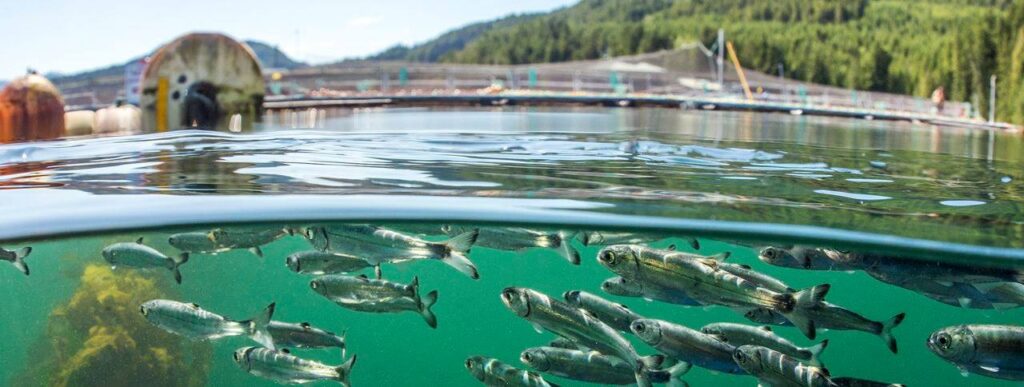
“In addition to technical flaws, we have serious concerns about the processes that generated this report.”
Academic scientists’ critique of DFO Science Response Report
“We are deeply concerned with the report’s flaws and its main, unsupported conclusion: that the presence of parasitic sea lice on wild juvenile salmon is not significantly associated with sea lice from nearby salmon farms,” it says.
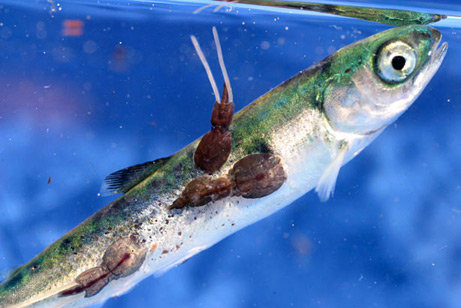
The DFO report that the scientists take issue with sought to examine why parasitic sea lice infest juvenile wild salmon in areas like Clayoquot Sound, Quatsino Sound, Discovery Islands, and the Broughton Archipelago.
For years, experts have raised concerns that fish farms are a breeding ground for deadly sea lice, but the DFO report seems to dismiss those concerns, saying that sea lice in wild salmon “cannot be explained solely by infestation pressure from farm-sourced [fish].”
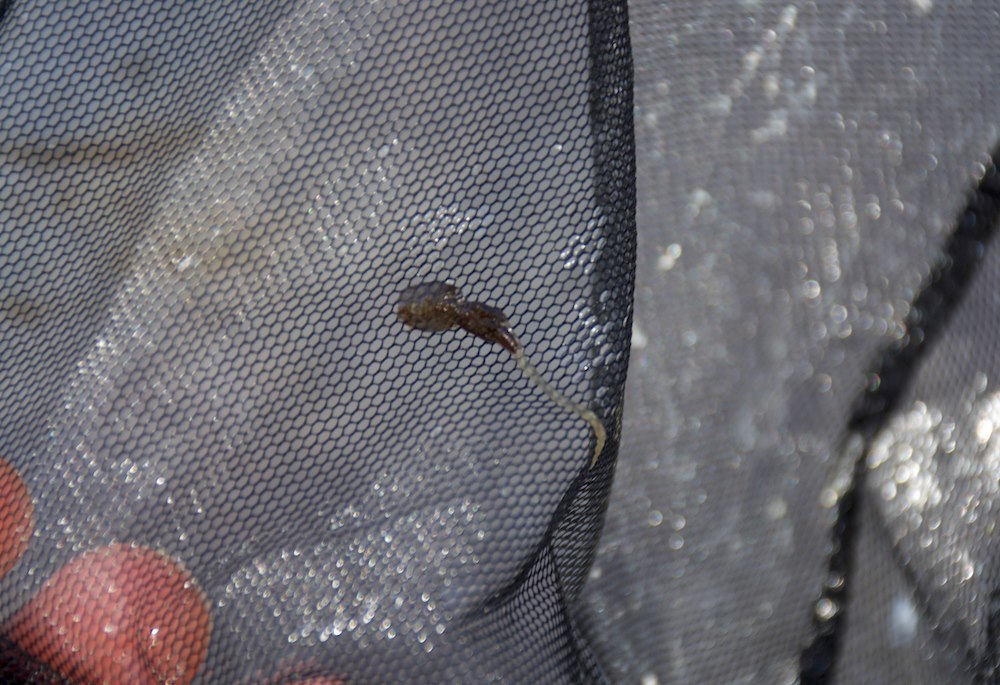
That’s nonsense, argue the scientists in their letter. “In addition to technical flaws, we have serious concerns about the processes that generated this report,” they write.
“There are over 30 peer-reviewed scientific papers from BC that link sea lice on wild juvenile salmon with salmon farms, and many more papers internationally. Despite some of these being cited in the report, none were integrated into the report’s conclusions,” the letter reads.
The salmon farm industry says the DFO report is credible and “comprehensive.”
“Through innovation, the sector has continuously improved management practices to reduce the risk of sea lice interactions between wild and farmed salmon populations.”
BC Salmon Farmers
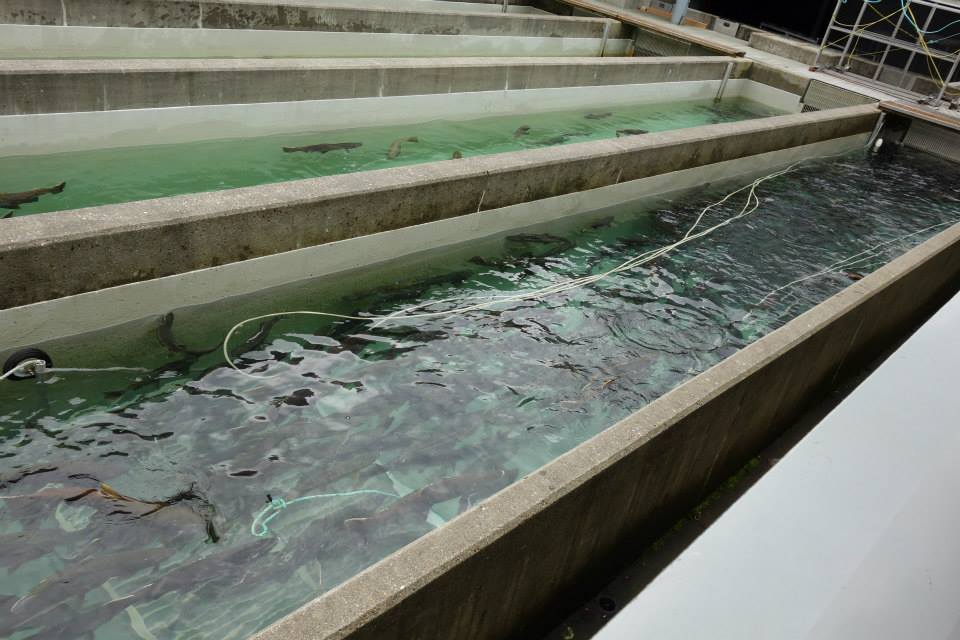
“Through innovation, the sector has continuously improved management practices to reduce the risk of sea lice interactions between wild and farmed salmon populations,” reads a statement from the industry group, BC Salmon Farmers. “This includes focused integrated pest management with a suite of treatment tools. This latest science review is a confirmation that the hard work is paying off.”





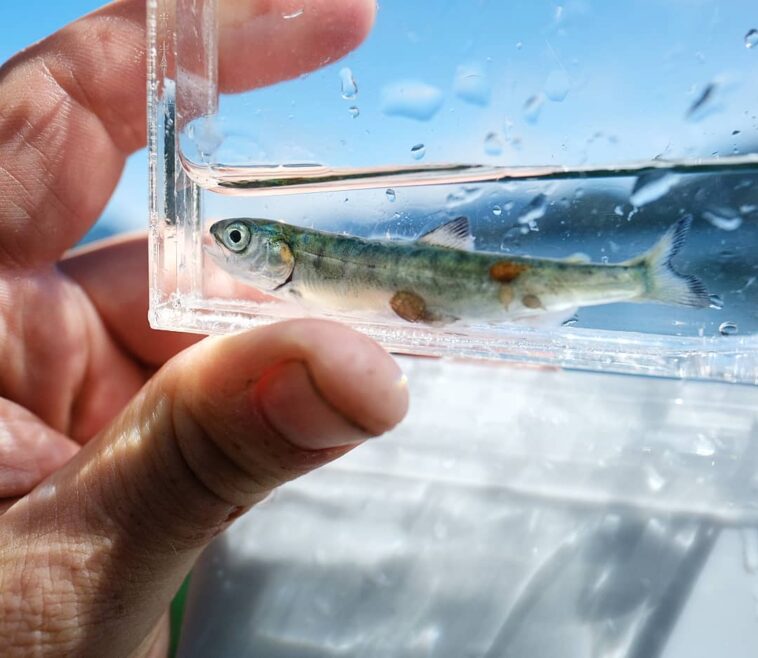

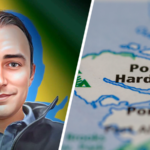
One Comment